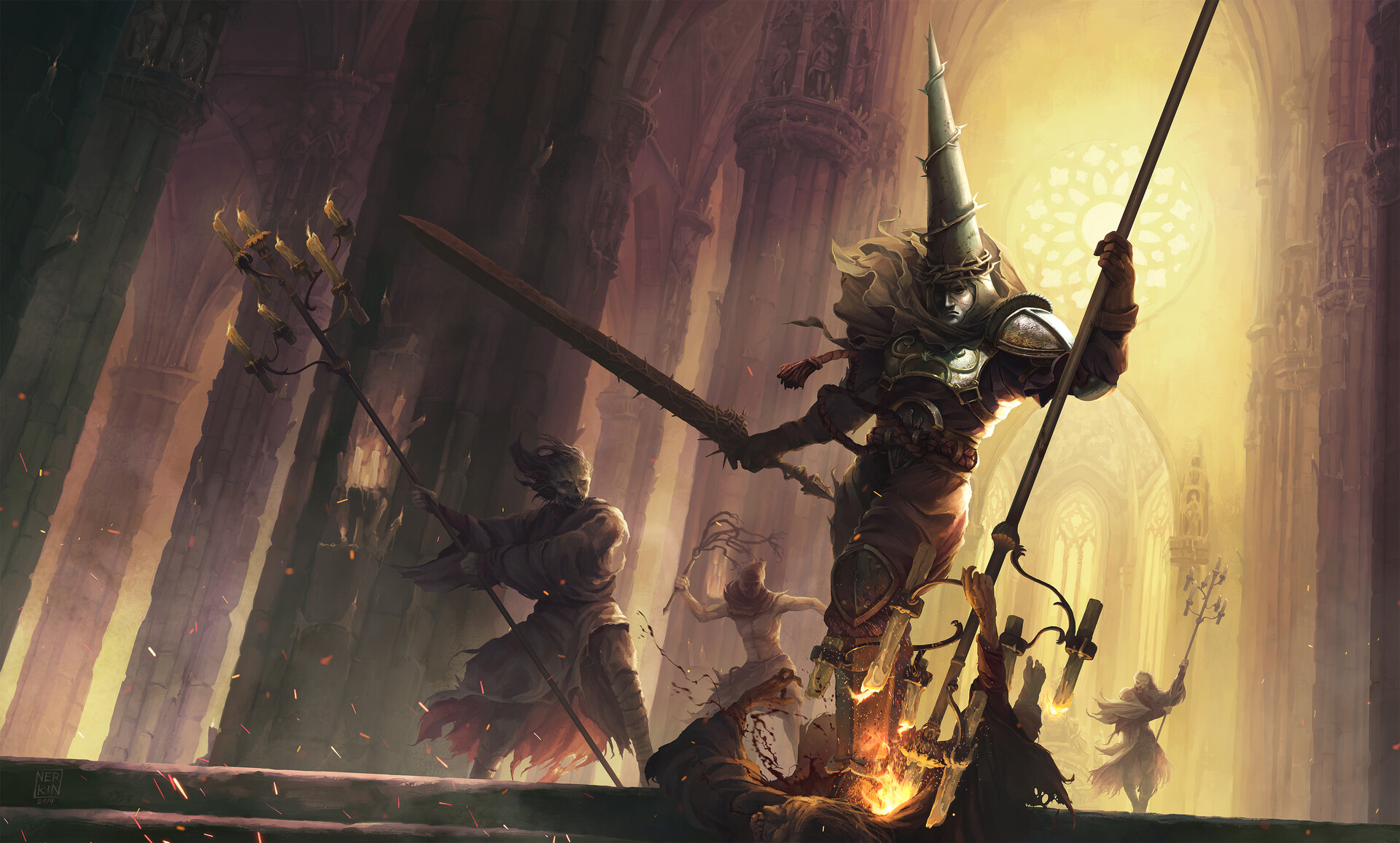

In the twenty-first century the boundary between artistic freedom and incitement is becoming ever more blurred, and the modes of objection by political and religious fundamentalists are becoming ever more extreme. Also analysed are transgressive works of art, past and present, which walk the line between expression and incitement, by Francis Bacon, Banksy, Caravaggio, Marc Chagall, Marcus Harvey, Sarah Lucas, Edvard Munch, Herman Nitsch and Rembrandt amongst others. Works including "Piss Christ" and Dinos and Jake Chapmans "Hell," as well as the films "Submission" and Monty Python s "Life of Brian" are explored in detail by author and academic S Brent Plate. The book features a broad range of iconographic and textual material including painting, photography, calligraphy, illuminated manuscripts, advertisement, graphic design, and film. God, Mohammed, Jesus, the Quran, the Bible and the Torah have all been at one point or another subjected to artistic interpretation, as have more liberal values, such as friendship, education and the nation-state. In a reversal of Torrentius artistic fate, Helms accusations, accompanied by the tearing up of a copy of the offending picture, helped raise Serrano s status as a photographer, prompting both international visibility and an increase in sales of his work. In 1989, US Senator Jesse Helms decried Andres Serrano s Piss Christ calling it blasphemy and insensitivity toward the religious community.

In 1627, Dutch political authorities tortured and imprisoned the painter Johannes Torrentius for creating blasphemous images mostly pornographic renderings of mythological subjects and publicly burned his paintings. Religious and political authorities have burned, banned and banished blasphemous art for centuries. "Blasphemy: Art that Offends" provides a vital vantage point from which to view the complicated, compelling interrelations between religion, politics and the visual arts. Questions of censorship and freedom of expression are today extremely volatile, a fact evinced by the recent international backlash against the Danish newspaper Islamic caricatures and the murder of the Dutch filmmaker Theo Van Gogh following the release of his notorious Submission.

This book draws on a rich wealth of visual material, tracing both the history of blasphemy as a concept and re-positioning the term in the twenty-first century. "Blasphemy: Art that Offends" is a prescient examination of the perpetually troubled, often explosive relationship between religion, politics and art.

Questions of censorship and freedom of expression are today extremely volatile, a fact evinced by the recent international backlash against the Danish newspaper Islamic caricatures and the murder of the Dutch.


 0 kommentar(er)
0 kommentar(er)
